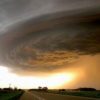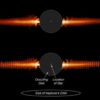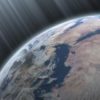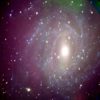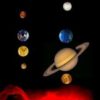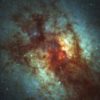The airborne spicks and specks known as aerosol particles are created by both natural and human processes and can consist of sea salt, sand grains, soot particles, sulfates and other materials of organic and inorganic origin. We blow vast quantities of aerosols into the air with our cars, power plants and heating systems, and while […]


